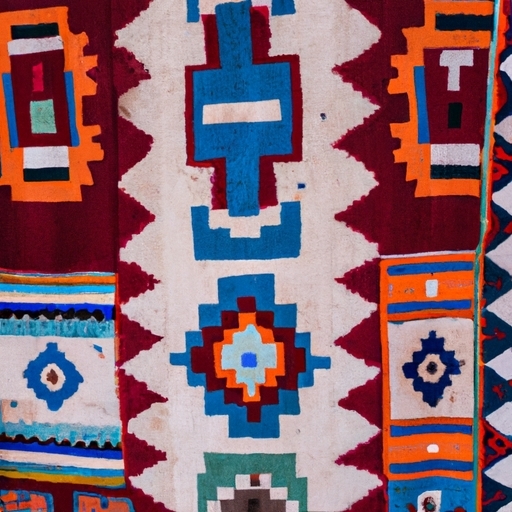which side did the native american fight on
History of Navajo weaving tradition
During the Revolutionary War, many Native American tribes were involved in the conflict, fighting on both sides of the war. The decision to join a particular side often depended on individual tribal alliances, historical relationships with European powers, and strategic considerations.
Some Native American tribes chose to fight alongside the British, believing that a British victory would better protect their lands and interests. These tribes were often located in areas where British influence was strong, such as the Great Lakes region and parts of present-day Canada. The British also promised to respect Native American land rights and autonomy in exchange for their support.
On the other hand, some Native American tribes decided to support the American colonists in their struggle for independence from Britain. These tribes saw an opportunity to assert their own sovereignty and secure better treatment from the newly formed United States government. Additionally, some Native Americans had grievances against the British stemming from past conflicts and broken promises.
Regardless of which side they fought for, Native American involvement in the Revolutionary War was complex and varied. Some tribes remained neutral or switched sides depending on changing circumstances. Ultimately, many Native American communities suffered devastating losses during the conflict, as their lands were frequently targeted by both colonial armies.
In conclusion, Native Americans played a significant but often overlooked role in the Revolutionary War. Their decisions to fight on different sides reflected a mix of political considerations, cultural beliefs, and strategic calculations. The legacy of their involvement continues to shape relationships between indigenous peoples and modern nation-states today.
navajo weavings and fabrics Store
how do you know if you are native american
